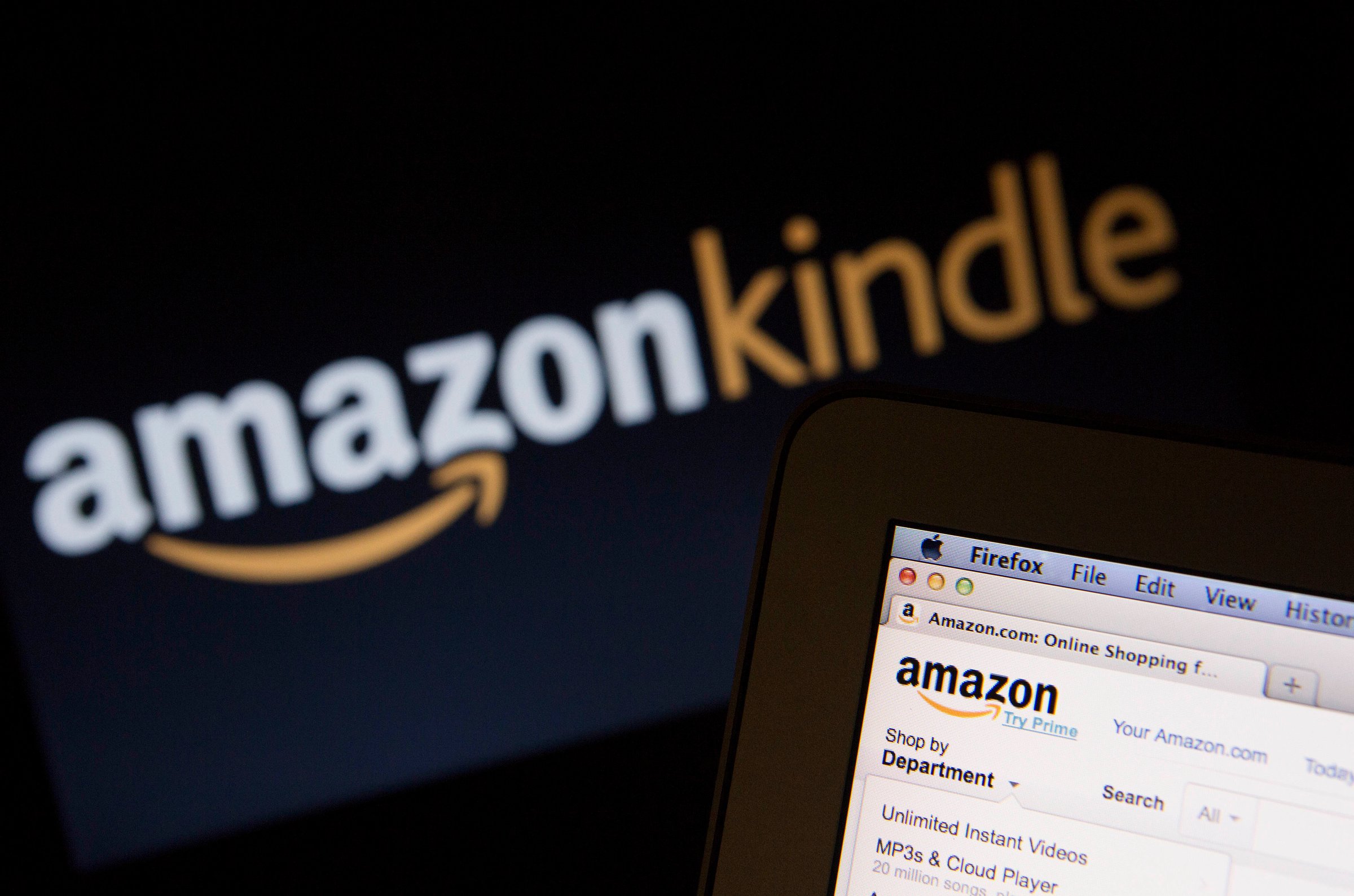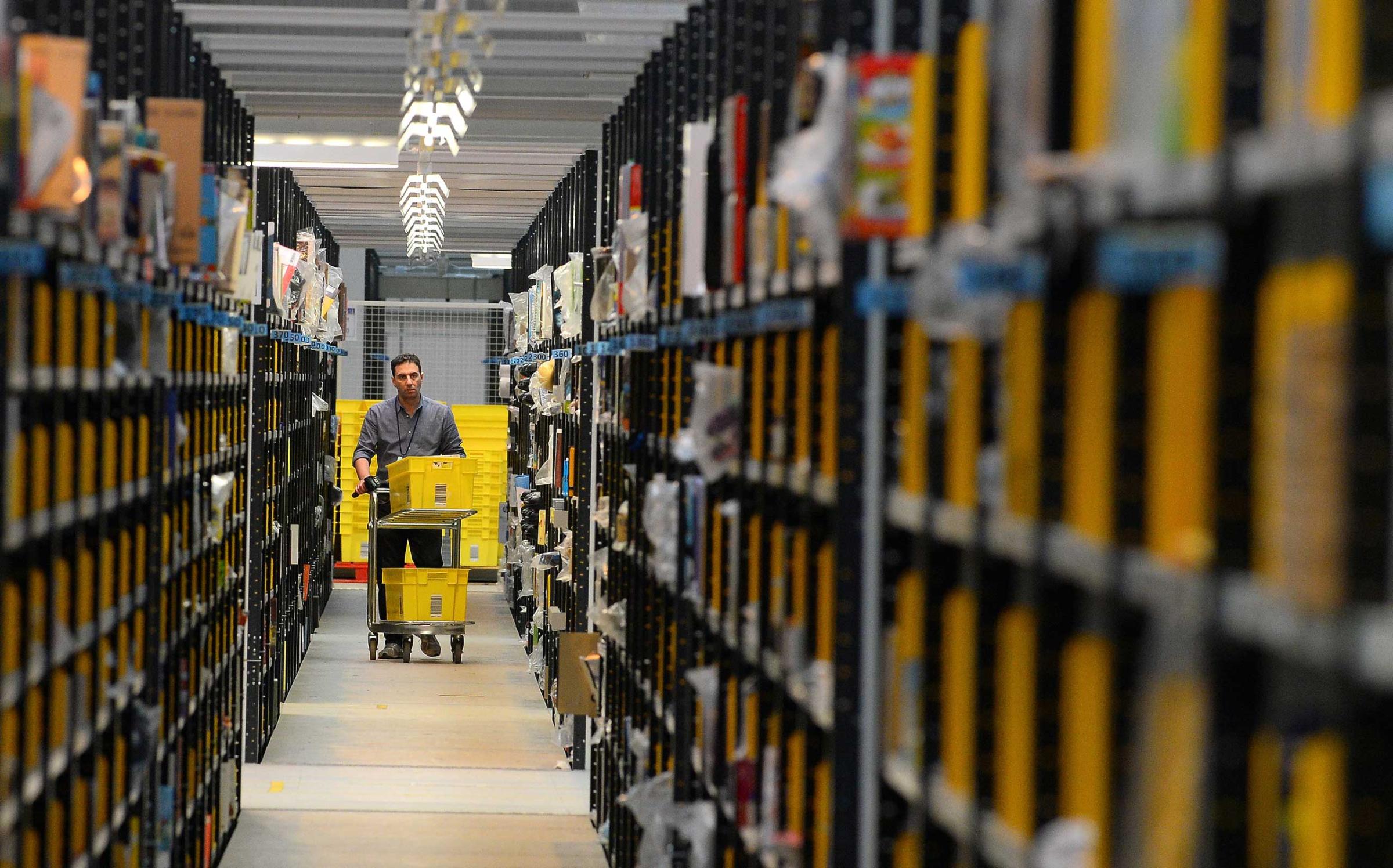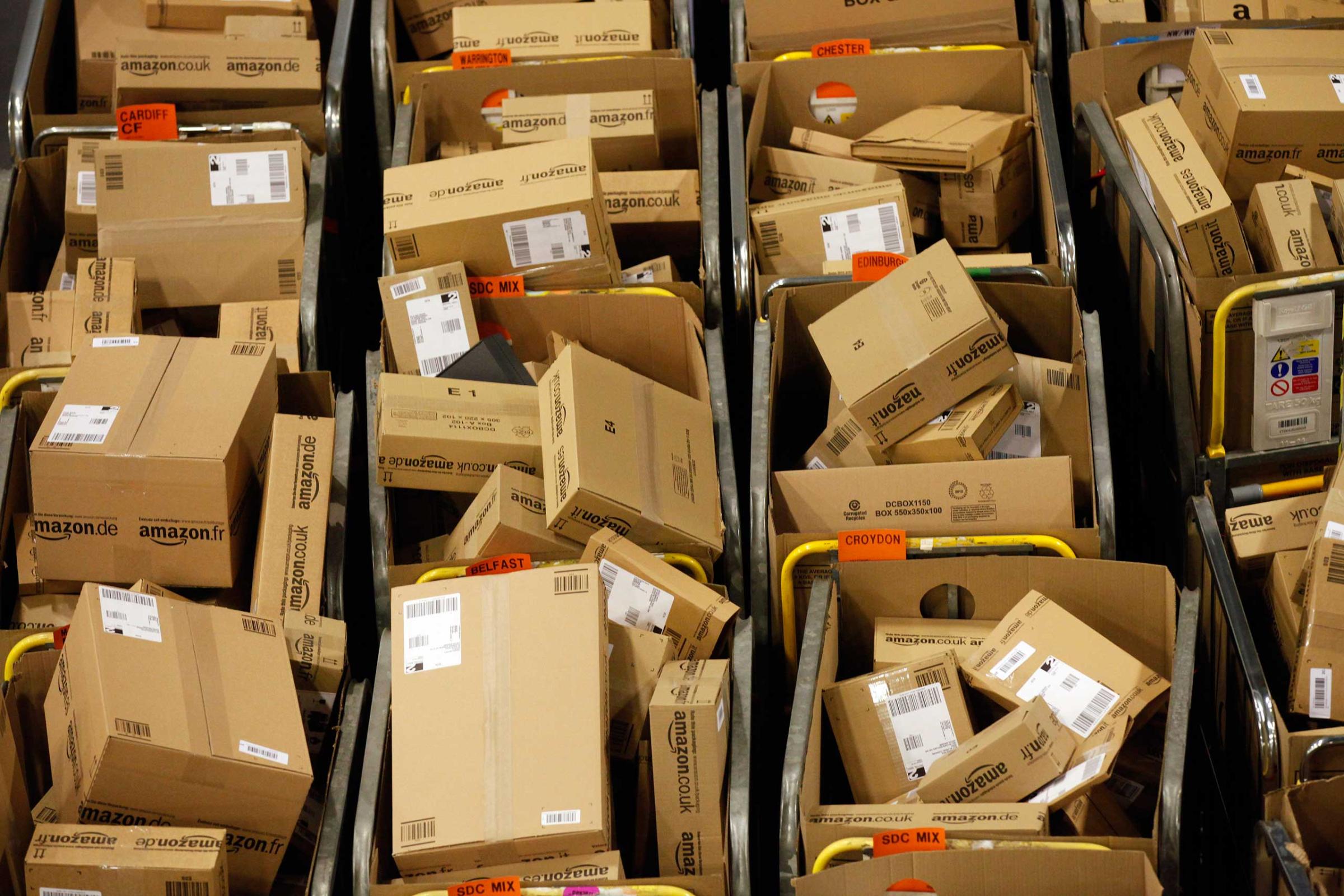
Amazon announced Thursday that it’s making it possible for authors to create and distribute digital textbooks using its self-publishing tool, Kindle Direct Publishing.
The e-commerce giant expects the new initiative mostly to be used by independent authors, particularly those who have regained the rights to their textbooks, or smaller publishers. The self-published textbooks, Amazon expects, would be purchased and read mostly by higher education students.
“A professor might have an extra packet for their class that they could upload and make digitally available,” says a spokeswoman for Amazon.
Textbook writers will be paid on Amazon’s familiar royalty scheme: for all textbooks priced under $9.99, authors will earn 70% of the royalties. For all textbooks $10 and over, authors receive just 35%. That model helps Amazon encourage authors to price their books under $10. However, it’s unclear whether that model will disadvantage writers of textbooks, which are traditionally much more expensive than your average novel or non-fiction book.
For readers, Amazon says the new feature means they will be able to interact with more textbooks in a deeper way. Digital textbooks allow readers to highlight sections of text, add passages or images to a virtual notebook, create flashcards and click on words to look them up in a dictionary.
See the Factories Where Amazon Can Move 426 Items a Second









Amazon’s new initiative comes as technology companies and publishers explore new options in the education market to make up for slowing textbook sales. Publishers like McGraw-Hill and Prentice Hall are investing in adaptive learning software, while Apple is pushing its iBooks textbook platform. With the launch of textbook self-publishing, Amazon is moving deeper into a coveted market with a familiar approach for the company: do it yourself and skip the publisher.
“It’s a tool to help them push more into the eduction market. You’re using their app now,” says Colin Gillis, an analyst at BGC Financial. “It slows the iPad march.”
Amazon’s textbook sales have been lagging as of late. When its North American book and media sales posted their slowest growth in more than five years in the third quarter of 2014, Amazon Senior Vice President Tom Szkutak put the blame on readers switching from buying textbooks to renting them. Amazon now says its goal is to get more books into digital form — healthy sales of self-published textbooks could help offset physical textbooks’ tepid performance.
More Must-Reads from TIME
- Cybersecurity Experts Are Sounding the Alarm on DOGE
- Meet the 2025 Women of the Year
- The Harsh Truth About Disability Inclusion
- Why Do More Young Adults Have Cancer?
- Colman Domingo Leads With Radical Love
- How to Get Better at Doing Things Alone
- Michelle Zauner Stares Down the Darkness
Contact us at letters@time.com